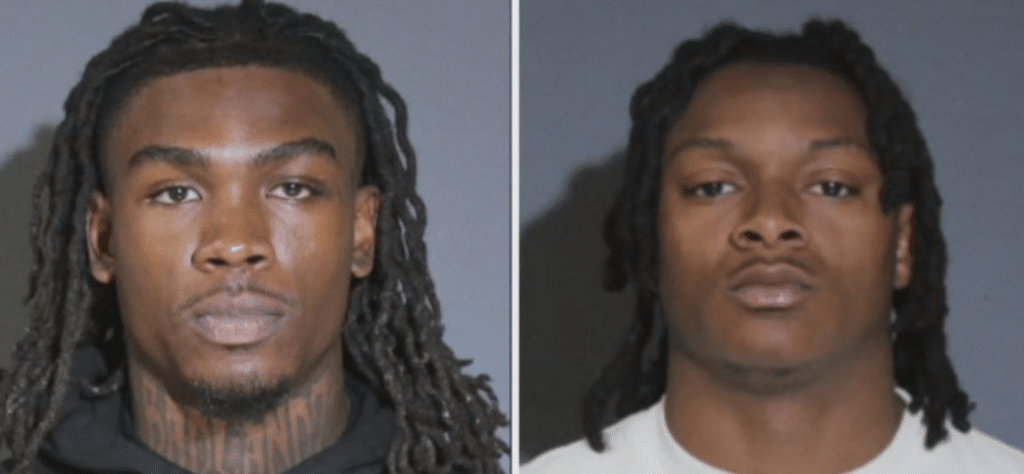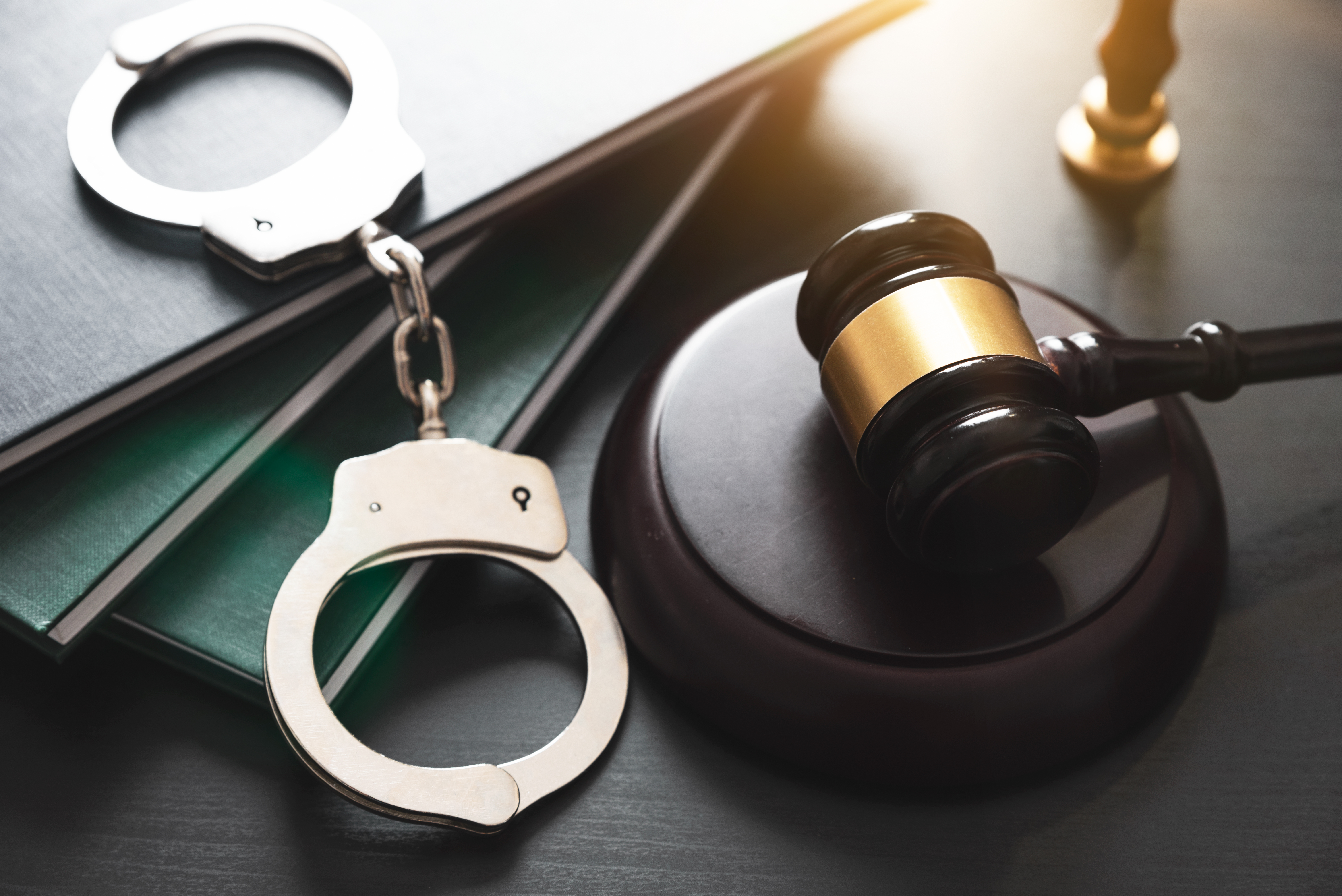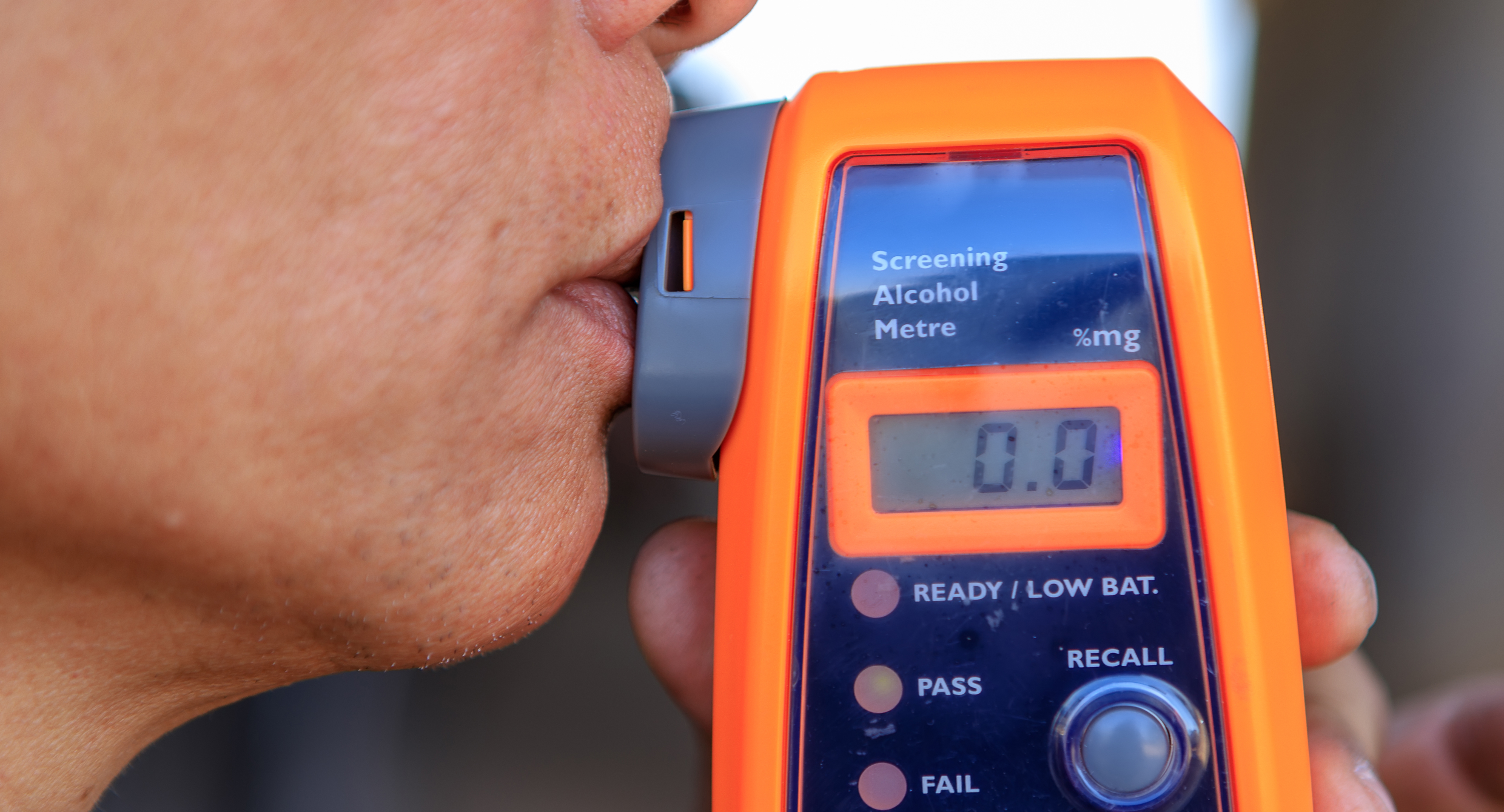- Failing to stop after an accident could result in severe criminal penalties
- If you hit an unattended vehicle, you must stop and attempt to locate the vehicle’s owner
- If someone has been injured, you should provide reasonable assistance – this includes calling 911
If you fail to stop and provide reasonable assistance and contact information after a traffic accident, the incident is commonly called a hit and run. You must stop if you’re involved in a collision while driving in Texas. This is established by Texas Transportation Code Chapter 550.
Hit-and-run laws in Texas don’t require evidence that someone was injured. You must stop for any accident involving:
- Personal injury or death
- Damage to a vehicle
- Striking an unattended vehicle
- A fixture, structure, or highway landscaping
Failure to stop after an accident could result in severe criminal penalties, including possible prison time if an injury or fatality were involved.
Hit-and-Run Collision
Many drivers panic after an accident. They worry about everything from increasing insurance rates to DWI, or even immigration status. However, if you’re later caught due to a retailer or homeowner video or a dashcam that recorded the incident, you may be arrested, and the penalties you’ll potentially face could end up being more severe.
If you hit another vehicle, you must stop immediately or as soon as possible to pull off the road safely. You should provide:
- Name
- Address
- Phone number (if requested by the driver of the other vehicle)
- Vehicle registration number
- Insurance carrier
- Driver’s license (if requested)
If a victim requests to see your driver’s license, you should show it to them. Unfortunately, many accident victims have fallen victim to drivers who provide false information. Understandably, they will want to confirm your identity, and you should cooperate as much as possible.
Hit and Run Involving an Injury
If someone has been injured, you are obligated to provide reasonable assistance. This includes calling 911 or transporting an injured person to a medical facility if it is apparent treatment is necessary or the person requests the transportation.
Hit and Run with an Unattended Vehicle or Property
If you collide with and damage an unattended vehicle, you must stop and attempt to locate the car’s owner to provide your name and address.
If you cannot locate the vehicle’s owner, you should leave a written notice with your name, contact information, and the circumstances of the collision.
If you hit a structure (lamp post, mailbox, fence, etc.), you should stop and attempt to notify the owner of the accident and the circumstances. Leave your name, contact information and registration number.
Penalties for Hit and Run in Texas
Penalties for leaving the scene depend on the following:
- Was anyone injured or killed?
- The type of accident
- Value of the damage
if you fail to stop after a collision resulting only in damage to a vehicle being driven by another, an unattended vehicle, or a structure, the penalties range from:
| Outcome | Charges | Penalties |
| Damage less than $200 | Class C misdemeanor | A fine of up to $500 |
| Damage greater than $200 | Class B misdemeanor | Up to 180 days in jail and/or a fine of up to $2,000 |
Failing to stop at the scene of an accident involving an injury or death is:
| Outcome | Charges | Penalties |
| If someone dies | Second-degree felony | A minimum of two years and a maximum of 20 years in prison and/or a fine of up to $10,000 |
| If someone is seriously injured | Third-degree felony | A minimum of two years and a maximum of 10 years in prison and/or a fine of up to $10,000 |
| No serious injuries | Hybrid felony | Up to 1 year in the county jail or up to 5 years in prison and/or a fine of up to $5,000. |
Other Possible Charges After an Accident
If you leave the scene because you’re driving illegally or you don’t want to get caught, it’s important to remember that witnesses may take photos or videos and contact police to report what they’ve witnessed.
The accident itself could lead to additional charges, including:
- DWI
- Driving without insurance
- Driving a stolen vehicle
- Driving on a suspended license

Example: Rashee Rice Hit-and-Run Case
In March 2024, a high-profile hit and run case made headlines in Dallas.
Rashee Rice, a 23-year-old wide receiver for the Kansas City Chiefs, and a friend, who was identified as 21-year-old Theodore “Teddy” Knox, a football player for Southern Methodist University, allegedly caused a chain-reaction crash while racing on a highway in a Lamborghini SUV and a Corvette. Four other vehicles were involved.
Both men left the scene. However, the crash was recorded by a witness’s dash camera, which showed both men exiting the vehicles and walking away from the crash.
Police located both men, and they were charged with:
- One count of aggravated assault
- One count of hit and run involving serious bodily injury
- Six counts of hit and run involving injury
They’re also facing a $10 million civil lawsuit that has been filed by two of the crash victims.
In addition to the extra charges, the two men suffered an incredible amount of negative publicity.
Knox was suspended from SMU’s football team, and though the Chiefs haven’t taken action against Rice, he has endured months of headlines criticizing his behavior.
Take Steps to Protect Yourself
It’s possible that even if you stop after an accident and do everything correctly, you may still end up facing legal consequences. Emotions are running high, and you may be shaken, distracted, or even have muscle spasms.
It’s important to remember that even if you were at fault for an accident, you still have rights. While being cooperative with police is recommended, do not allow yourself to feel pressured into answering unrelated questions or completing unrelated tasks or field tests. The policeman isn’t your friend. They’ve been trained to extract information by asking questions that seem friendly or casual.
One Michael & Associates client was driving home after picking up dinner at a restaurant when a pedestrian suddenly leaped in front of his vehicle. The client was unable to stop in time, and the pedestrian was struck and killed.
Our client did precisely what the law required. He stopped and awaited the arrival of the police, who agreed that he was not at fault for the accident. However, police thought he appeared agitated and decided that he might have alcohol in his system.
Our client maintained, truthfully, that he had not been drinking. However, he agreed when the police asked him to complete field sobriety testing. DWI field sobriety tests are difficult to pass under ideal circumstances. They can be particularly challenging when you’re in shock and distracted after witnessing a death.
He was railroaded by police, who felt pressured to make an arrest in a high-profile case. He was arrested, and chemical testing confirmed that he had no alcohol in his system. However, we fought the case in trial, where jurors found him not guilty.




